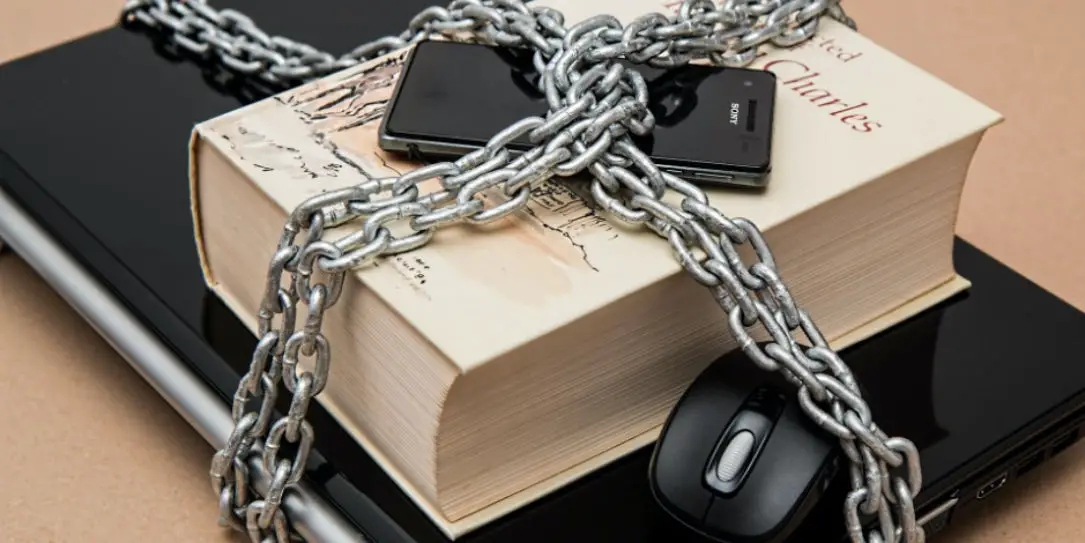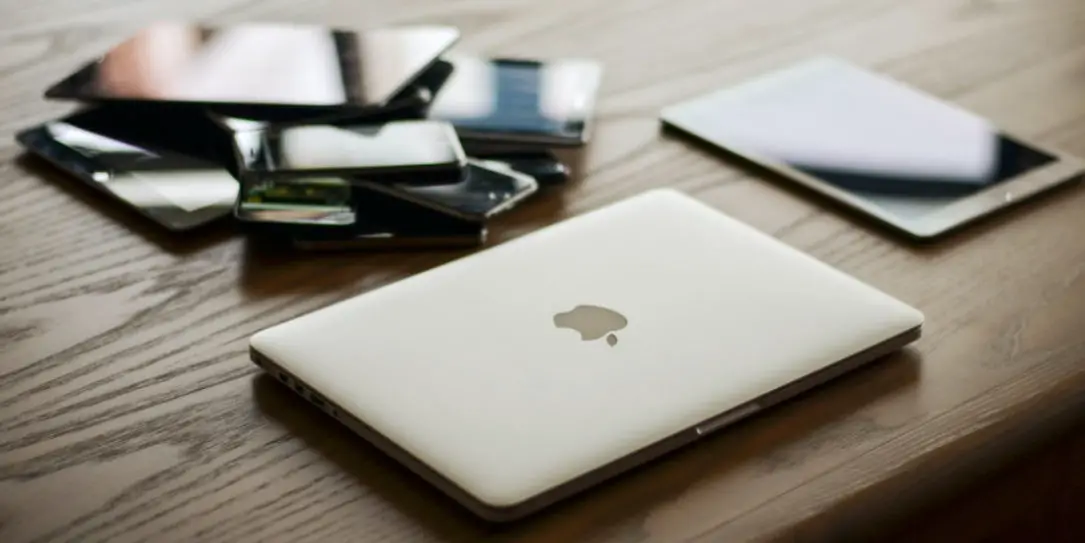We’re living in a world where technology permeates everything. Whether you’re at home or in the workplace, you probably interact with a variety of computers, smartphones, virtual assistants, and tablets every day. While some of those products will be your personal devices, used only by you – others may need to be shared.
In the workplace, teams use shared computers and tablets to make sure that their managers don’t have to over-spend on new technology. In the home, parents often share their devices with their children, allowing them to use computers and tablets to browse the internet in their spare time.
So, how do you keep the devices that multiple people use as secure as possible? The following tips will help to keep you on the right track.
Log Out Before You Leave
Let’s start with the basics. One of the most obvious ways to keep any technology secure and private is with a password and username combination.
Whether you’re using a smartphone to check your emails or a work computer to log into an important piece of software, you need a password. Make sure that it’s strong enough that people won’t be able to guess it in a few seconds.

If possible, consider using multi-factor authentication for particularly sensitive accounts. MFA or multi-factor authentication uses a message sent to your smartphone or another device as well as a password/username combo to deliver better security.
Once you’re done using your accounts, make sure that you always log out of them. This includes logging out of social media, private email accounts, banking apps, and any other service you use. Make a list of all the accounts you log into if you need to.
Delete Auto-Fill Details
To make it easier for us to log into accounts quickly, a lot of us use auto-fill data and “remember me” requests online. This means that your computer, tablet, or smartphone uses cached data to enter your usernames and passwords for you.
You need to turn that feature off, otherwise logging out of your account won’t be enough to protect your private details.
While you’re at it, think about removing the payment details that you have saved on various accounts. For instance, on Amazon, it’s all-too-easy for someone to make a purchase by just clicking a few buttons if you have your credit and debit card details saved into the system already. Removing those details will protect you from accidental purchases.
Consider clearing your cache and your payment details regularly – just in case. Clearing your cache all at once will make it easier to get rid of any data on your devices that you may have forgotten about.
Limit Access to Sensitive Data
If you’re worried about people using your shared devices to access sensitive information, then one of the best things you can do is avoid saving private documents on shared devices.
Rather than keeping your files in the “Documents” section of your work computer, make sure that you put them on your private cloud – protected by a password. You can also move files onto an external hard-drive or memory stick before you leave your office.
Delete anything that you don’t want other people to have access to – just in case.
Additionally, make sure that if you do save anything on the cloud on your work devices, your account isn’t easy to access. Don’t have an app that’s automatically logged into your storage services, for instance.
Although it may feel frustrating to have to carry your crucial documents around with you separately in a thumb drive or in an account on the cloud, it offers a much more significant layer of protection.
If people can’t find your sensitive information on your devices, then they won’t be able to access them – accidentally or intentionally.
Implement Family Mode
If you’re worried about protecting a shared device that you’re using with members of your family, there are plenty of things that you can do.
A lot of parents today share their smartphones and tablets with younger children so that they can play with educational apps and watch videos.

However, if your youngster accidentally taps or swipes on the wrong thing, they could cause a lot of damage.
Enabling kid’s mode on your device means that you can control what happens on your tech when you’re not using it. For instance, you can put policies in place that prevent your child from downloading or deleting applications without a password.
You can also turn off access to the internet, prevent apps from requesting purchases, and so much more.
If you’re protecting your child on a computer, try setting up their own profile that they can log into, where they don’t have any admin privileges.
Set Network Restrictions
Finally, if someone is going to be using your device on the move, then you’ll need to make sure that they’re not exposing your tech to anything dangerous.
It’s common for people in today’s mobile environment to automatically connect to random Bluetooth signals and public Wi-Fi. However, setting restrictions on network options can help with this.
Most devices, from iPhones to tablets, allow you to use the network settings section to determine what kind of connections the device should be able to make. For instance, if you’re a manager sharing a device with members of staff, you can make it so that they’re required to use only network approved VPNs or internet connections that are protected by a password.
At the same time, you can use network restrictions to prevent people from downloading certain apps, by whitelisting and blacklisting extensions, websites, and add-ons. This stops your device from being exposed to unsecure tech.
Keep Your Devices Protected
Shared devices are a common concept in today’s world. At work, we rely on shared devices like business phones, tablets, and computers to get things done every day.
You won’t always be using the same tech in your office one day as you do the next. Knowing how to protect your private data can stop you from getting into trouble for some pretty serious data leaks.
On the other hand, when you’re at home, it’s also important to think about how you’re defending your shared devices. Although it’s unlikely that your child or spouse would damage your device or delete an important document on purpose – accidents can happen.
For smaller children, in particular, something as simple as swiping the wrong thing can lead to a world of trouble, including costly in-app purchases, or access to dangerous sites.
Keeping your devices defended will ensure that no matter who’s logging in, your private data remains safe.
What do you think? Let us know in the comments below or on Twitter, Facebook, or MeWe.
About the author: Joe Peters is a Baltimore-based freelance writer and an ultimate techie. When he is not working his magic as a marketing consultant, this incurable tech junkie devours the news on the latest gadgets and binge-watches his favorite TV shows. Follow him on @bmorepeters
Last Updated on February 3, 2021.










